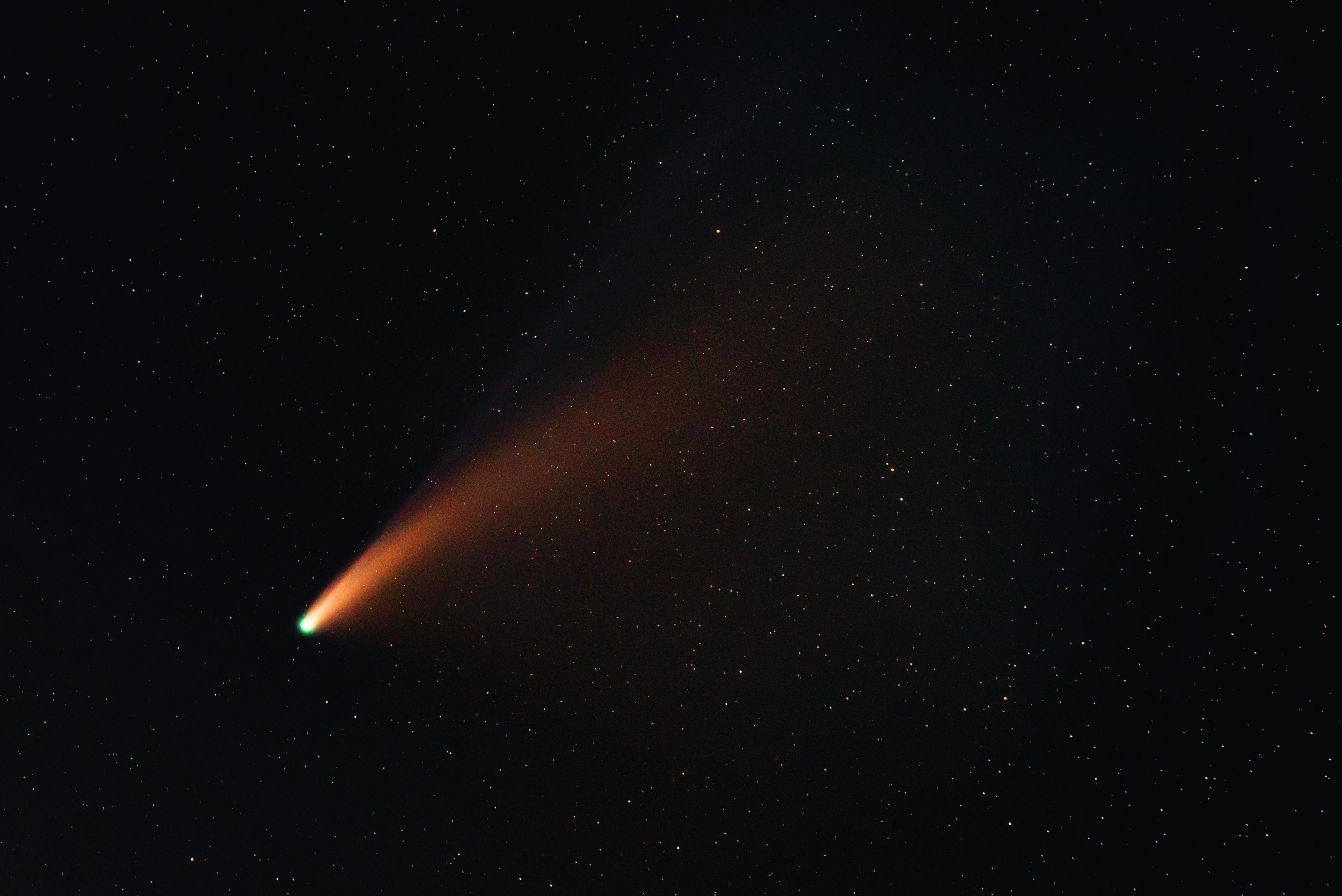Science
Astronomer Michio Kaku Challenges Claims About 3I/ATLAS Asteroid

Speculation surrounding the asteroid known as 3I/ATLAS has intensified following comments from renowned theoretical physicist Michio Kaku, who has dismissed claims that it may be an alien probe. Discovered on July 1, 2025, by the Asteroid Terrestrial-Impact Last Alert System (ATLAS), 3I/ATLAS has drawn attention due to its unusual orbit and physical characteristics.
Harvard astrophysicist Avi Loeb argues that the asteroid’s hyperbolic trajectory, proximity to the ecliptic plane, and absence of a conventional comet tail indicate it may be of technological origin. In his analysis, Loeb stated, “We shouldn’t assume anything, and we should assess the risk given the data that we have.” His assertions have ignited debate among scientists about the nature of this cosmic object.
In contrast, Kaku has cautioned against jumping to conclusions about extraterrestrial life. He has specifically criticized misleading media portrayals that suggest he supports the alien hypothesis. “These deceptive videos are based on misrepresented segments from real interviews,” Kaku explained, emphasizing the need for a more grounded approach to understanding 3I/ATLAS.
Kaku pointed out that the asteroid could be an ancient object, potentially around 7 billion years old. He noted that, over such an extensive timeframe, it is plausible for it to have accumulated debris. “While 3I/ATLAS may appear peculiar, its properties still fit within the range of known cosmic phenomena,” he stated during a recent televised interview.
The lack of a definitive comet-like tail initially raised questions among astronomers. A Hubble Space Telescope image taken on July 21, 2025, revealed only a faint glow, which failed to conform to expectations for a typical comet. However, subsequent observations have indicated the formation of a dust coma and tail as the asteroid approaches its perihelion, scheduled for December 19, 2025.
The orbit of 3I/ATLAS is indeed unusual, traveling at approximately 58 kilometers per second on a retrograde path inclined about five degrees to the ecliptic. Loeb’s team interprets this alignment as potentially ‘fine-tuned’ if it were artificial, yet the majority of space agencies, including NASA, maintain that the evidence points to an ordinary comet rather than a spacecraft.
Kaku’s perspective reinforces the importance of scientific caution amid sensational claims. He highlighted that the absence of propulsion signatures, radio emissions, or any signs of maneuverability undermines the theory of an artificial origin. As he noted, “Speculation must not outpace evidence,” cautioning against the tendency to sensationalize space mysteries.
As 3I/ATLAS approaches its perihelion on October 29, 2025, astronomers will closely monitor changes in its brightness and behavior. If it behaves like a typical comet—outgassing near the Sun, shedding dust, and displaying a tail—it would support the case for a natural origin. Conversely, any unexplained acceleration or signs of propulsion could reignite the debate over its potential artificial nature.
In conclusion, while the prospect of discovering alien technology captivates the public imagination, Kaku’s grounded perspective aligns with the mainstream astrophysical consensus that 3I/ATLAS is likely an ancient, non-technological interstellar object. As he aptly stated, the cosmos is mysterious enough without forcing aliens into every anomaly. The scientific community continues to advocate for rigorous investigation grounded in verifiable evidence.
-

 Health3 months ago
Health3 months agoNeurologist Warns Excessive Use of Supplements Can Harm Brain
-

 Health3 months ago
Health3 months agoFiona Phillips’ Husband Shares Heartfelt Update on Her Alzheimer’s Journey
-

 Science2 months ago
Science2 months agoBrian Cox Addresses Claims of Alien Probe in 3I/ATLAS Discovery
-

 Science2 months ago
Science2 months agoNASA Investigates Unusual Comet 3I/ATLAS; New Findings Emerge
-

 Science1 month ago
Science1 month agoScientists Examine 3I/ATLAS: Alien Artifact or Cosmic Oddity?
-

 Entertainment5 months ago
Entertainment5 months agoKerry Katona Discusses Future Baby Plans and Brian McFadden’s Wedding
-

 Science1 month ago
Science1 month agoNASA Investigates Speedy Object 3I/ATLAS, Sparking Speculation
-

 Entertainment4 months ago
Entertainment4 months agoEmmerdale Faces Tension as Dylan and April’s Lives Hang in the Balance
-

 World3 months ago
World3 months agoCole Palmer’s Cryptic Message to Kobbie Mainoo Following Loan Talks
-

 Science1 month ago
Science1 month agoNASA Scientists Explore Origins of 3I/ATLAS, a Fast-Moving Visitor
-

 Entertainment2 months ago
Entertainment2 months agoLewis Cope Addresses Accusations of Dance Training Advantage
-

 Entertainment3 months ago
Entertainment3 months agoMajor Cast Changes at Coronation Street: Exits and Returns in 2025









